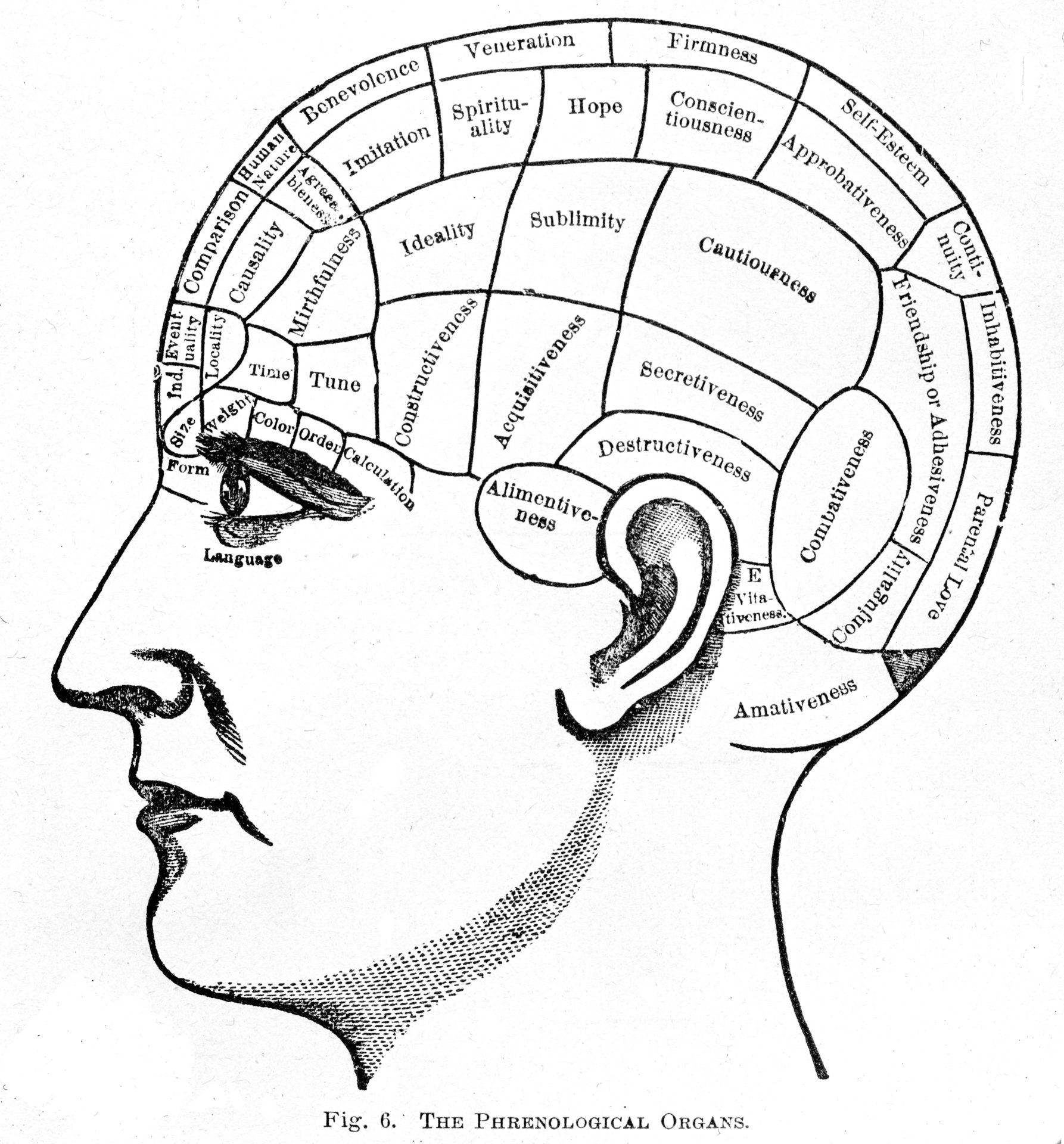Phrenology assigned meanings to bumps on the skull. Access Consciousness claims to have located 32 points on the head that store thoughts, emotions, and memories. Is this a new version of phrenology?

A March 16, 2021 article on the Canadian Broadcasting Company website (CBC Investigates) reported “How a client-therapist relationship left one Nova Scotian feeling more hurt than healed”. You can read it by clicking on the hyperlink, but it’s a bit long, so here’s a brief summary:
Eileen Carey’s social work registration was revoked in 2020 after 2-year investigation. A client named Taron sought her help to recover from a complex post-traumatic stress disorder. Four years later, he was having sleepless nights, thoughts of suicide, and marital problems, all of which he ascribed to sexualized harm by the therapist. After investigating complaints about her professional misconduct, the Nova Scotia College of Social Workers (NSCSW) permanently revoked Carey’s registration. Taron described hugs, social contacts, inappropriate touching, inappropriate sharing of the therapist’s personal information, and visits to the therapist’s home for sessions of touching where they alternated lying on a massage table (the therapist said they were “energy buddies” and were practicing Access Consciousness techniques). He developed romantic feelings for Carey which he disclosed to her and which she did not discourage. After numerous social encounters, gifts, and thousands of text messages, Taron eventually realized the relationship was unbalanced and was harming him. He ended contact with the therapist and filed a complaint. The disciplinary decision found that she had failed to maintain professional boundaries, was guilty of professional misconduct and incompetence, and had breached the standards of practice and the code of ethics.
It’s quite a story, but the thing that stood out to me was the therapist’s belief in Access Consciousness and her promotion of it. She persuaded Taron to spend thousands of dollars on online courses and in-person workshops.
What is Access Consciousness?
The article describes Access Consciousness as a practice founded by an American entrepreneur in the 1990s that claims to offer people the tools to change their lives and distinguishes between humans (those who judge others) and “humanoids” (people who have the power to create, change things, and recognize they’re different from humans). 32 specific points on the head are said to store thoughts, emotions, and memories. A practice of touching those points known as “running the bars” is said to clear clutter from the brain and clear negative energies.
The Access Consciousness website says that it empowers people to help themselves, that it focuses on your knowledge about yourself and the world around you, that nobody but you personally can know what truly works for you, that you’re not wrong, and that consciousness can shift everything. It allows you to know that you know. Consciousness includes everything and everyone and judges nothing and no one. You can choose your future. It allegedly offers 7,000 tools and is continuously being created. It is currently available in 170 countries and has allegedly changed the lives of thousands of people over the past 30 years. It has testimonials galore, for instance:
- I feel expansiveness, space on the inside, a new sense of wonder and the excitement of new possibilities that has been missing for 13 years
- I used to be unhappy and didn’t know I was unhappy.
- I used to hate myself
- It has changed every moment of my existence, from a life of listless drudgery to one of energized delight. I am here! I am here! I am here!
And, not surprisingly, they have a store. It sells expensive mugs, T-shirts, and other items with inspiring messages like “All of Life comes to me with Ease, Joy, and Glory.”
Who thought this up? A video promised to reveal how Access Consciousness was created. I listened to the first 11 minutes of the 58-minute video but that was all I could take. The man who developed Access Consciousness explains that he was a channeler. He channeled Rasputin (I wondered whether Rasputin spoke English, or the channeler understood Russian). The points on the head and the idea of “running the bars” came from information he obtained through channeling. I stopped listening because I realized it was not going to tell me anything useful.
Conclusion: No comment.
I will leave it to readers to draw their own conclusions.
This article was originally published in the Science-Based Medicine Blog.
